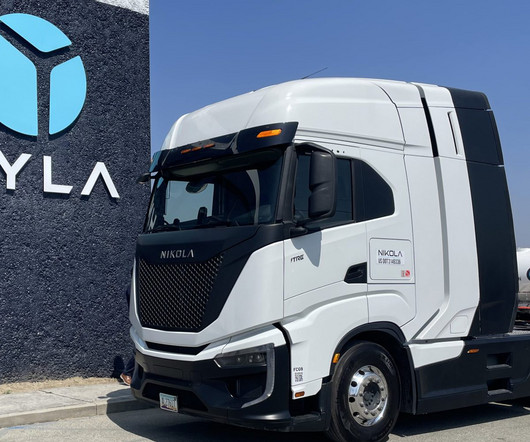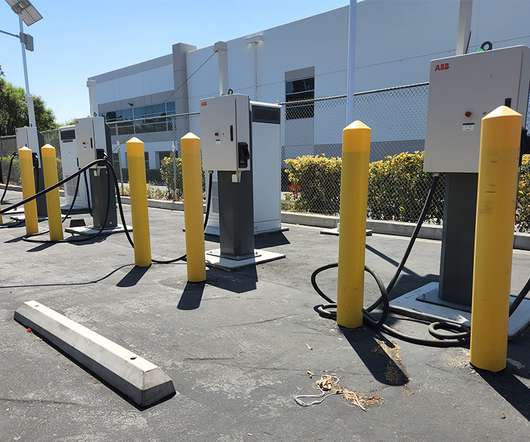Toyota reveals second iteration of Class 8 hydrogen fuel cell truck: Project Portal 2.0; 300 miles per fill
Green Car Congress
JULY 31, 2018
Since it first began operation in April 2017, the Project Portal “Alpha” truck has logged nearly 10,000 miles of testing and real-world drayage operations in and around the Ports of Long Beach and Los Angeles while emitting nothing but water vapor. Project Portal 2.0 —Andrew Lund, chief engineer for the project.












Let's personalize your content